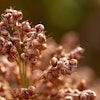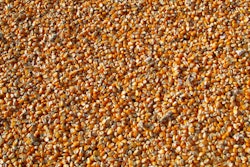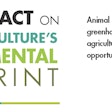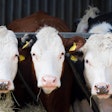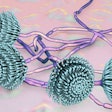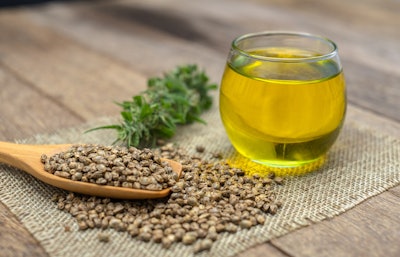
Feeding cattle hemp supports a different population of microbes than conventional diets — and the effects aren’t limited to the gut, according tonew researchpublished in the journal Scientific Reports.
The research team, led by North Dakota State University, identified differences in the microbial populations of the gut, reproductive tract and respiratory tract when heifers received a finishing diet comprised of 20%hempseed cake. The heifers had a more diverse gut microbiome, while the reproductive tracts showed reduced microbial diversity, compared with heifers fed a more conventional finishing diet containing DDGS instead of hempseed cake.
The hemp-fed heifers ended the experiment with a slightly lighter finished weight, according to Samat Amat, one of the study’s authors and an assistant professor of livestock microbial ecology at North Dakota State University. But it’s not clear, he said, whether the microbial differences had a positive or negative effect on the animals.
Generally speaking, increased microbial diversity in thegut microbiomeis associated with decreased feed efficiency in ruminants, Amat said. This could explain the decreased weight gain observed in the feeding trial, but he said more research is needed to confirm whether this is the case.
The decreased microbial diversity in the reproductive tract could be a good thing — there is an association between decreased microbial diversity and positive changes in reproductive health and fertility, Amat said. But in this specific trial, the microbiome of the hemp-fed heifers included groups of bacteria known to cause reproductive infections and liver disease. This, Amat said, should prompt further research into the origin of these microbial changes. And he said that research should not be limited to animals, but should consider the impacts to humans that eat or use hemp-based products as well.
“The changes that we observed in the reproductive tract surprised me, because, when we deal with the gut microbiome, the feed has a direct effect on the gastrointestinal tract,” Amat said. “We often ignore the effect of feed ingredients on other parts of the microbiome.”
Overall, Amat said he thought hempseed cake looks to be a viable feed ingredient. Although it did not perform as well as DDGS in this trial, he said the difference in performance was minimal — less than 3% — and that differences between the cost of hempseed cake and DDGS may well make up for the lost weight. He also noted that DDGS is generally a highly desirable feed ingredient, and that hempseed cake could compare more favorably to other feed ingredients such as soy or canola meal.



